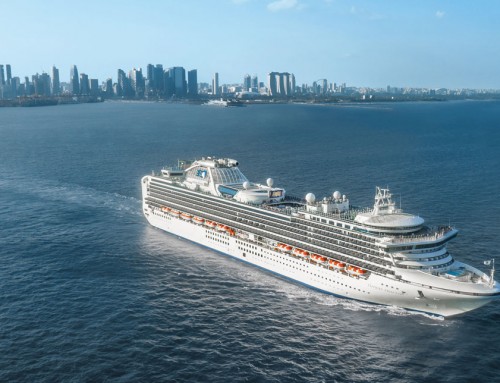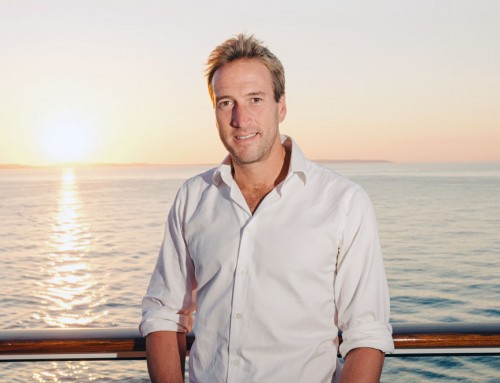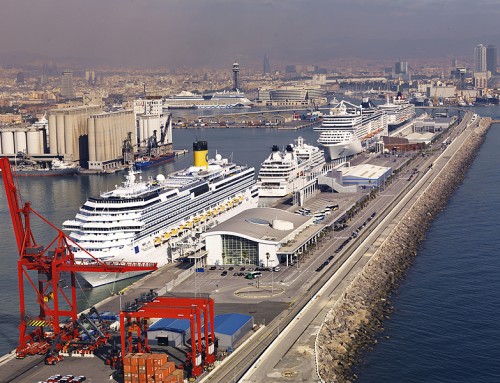Mention Trinidad today and people might call to mind an island which has produced some of the Caribbean’s best cricketers. But there are other Trinidads, not least the imposing Cuban town I visited yesterday.
A national monument and a UNESCO World Heritage Site thanks to its palatial mansions, Trinidad was built on sugar and slavery. In the late 18th Century 12,000 slaves toiled in the cane fields and the 56 sugar mills of the nearby Valle de San Luis, making a fortune for their masters who built homes in the town.
While they were prepared to impose the cruellest of punishments on any slave who dared attempt to escape, the owners lived a life of assumed gentility surrounded by collections of Wedgwood china and Spanish furniture in airy palaces decorated with the finest of Italian frescoes and hung with glittering French chandeliers.
Several of the mansions are open today as museums, their collections remarkably well-preserved. One I visited also contained educational displays of slave life (and death) and cases of artefacts related to Cuba’s wars of independence and M-26-7, the movement which eventually brought Fidel Castro to power.
The central Plaza Mayor, surrounded by more of the palaces and an imposing cathedral, is decorated with wrought-iron railings brought from Philadelphia, and still-intact pottery vases standing on plinths. The lively Casa de la Musica, at the top of a broad flight of stone steps in one corner of the square is a later addition popular with locals and visitors.
Passengers from Saga Pearl II congregated in the Taberna La Canchachara for a fiery cocktail of raw rum, honey and lemon before descending on local shops and a craft market to barter for bargain souvenirs – straw hats, cotton shirts, and attractive wooden carvings.
Then they were back on the bus for a 75-minute return drive to the Pearl of the South, Cienfuegos, where the ship was berthed. Another UNESCO World Heritage Site, this city has the longest and widest boulevard in the whole of Cuba; Paseo del Prado is lined on either side with pastel-coloured neo-classical buildings each with its own collection of pillars.
The town’s central square houses a red-domed cultural museum that would not look out of place in Florence, and the spectacularly ornate Teatro Tomas Terry opposite opened in 1895 with a performance of Verdi’s Aida.
Just as interesting as the towns themselves was the journey between them, through the coastal strip bounded by some glorious beaches (and the occasional shrimp farm) and the towering mountains of the Sierra del Escambray.
I am growing accustomed to the state of Cuba’s roads; arrow-straight for some stretches, and on the approach to Trinidad crossing some sweeping viaducts at the mouths of sandy bays, but riddled with more potholes than an English country lane after a frosty winter.
This makes driving on the left or right pretty much irrelevant. Our driver picked a path which avoided the worst of the bumps, while steering to miss other hazards including countless goats, an occasional cow, mangy dogs with no concern for the Highway Code, and on one occasion an ugly looking turkey vulture which was reluctant to flap its wings and fly away.
Private cars were few and far between – we encountered more coaches, bicycles and farm vehicles. The most popular form of transport is the horse, pulling rudimentary rubber-tyred carts or being ridden cowboy style. Indeed at one point we had to stop to allow four campesinos to pass with their herd of young cattle.
At intervals, roadside vendors implored us to stop to buy from the handful of bananas and pineapples they had grown in their own backyards, but there were few other signs of commerce, industry or even agriculture.
There must be huge potential to restore Cuba’s former prosperity, but there is little sign of that happening without the Russian aid which was withdrawn after the collapse of the Soviet Union, and as long as the United States maintains its embargo.
Those circumstances, together with the determination to pursue the Communist ideology make the island a fascinating destination for intrepid tourists, but one from which, I suspect, the majority of Saganauts were happy to retreat to the comfort of the mother ship at the end of their day’s adventures.
Apologies, by the way, for the absence of pictures to accompany these reports; the limited internet access available here makes it impossible to upload anything. I will attempt to update later.





Leave A Comment